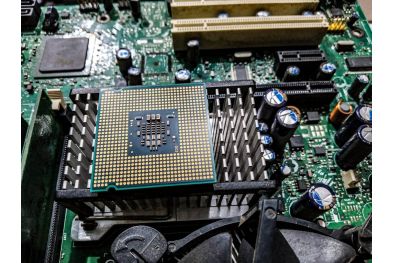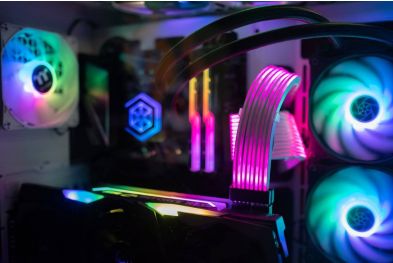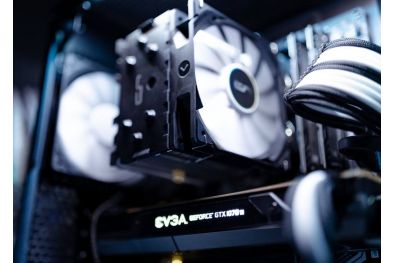What’s the Best Way to Expand Your PC’s Storage?
Running out of storage space on your PC can be a major headache, especially if you’re juggling large files, games, or media libraries. Fortunately, there are several ways to expand your storage without breaking the bank. In this article, we’ll explore the best options for adding more space to your computer, whether you’re looking for speed, affordability, or portability.
1. Upgrade to an SSD or Larger HDD
If your PC is still using a traditional hard drive (HDD), upgrading to a solid-state drive (SSD) or a larger HDD can be a game-changer.
SSD Benefits:
Faster boot times and file transfers.
Improved overall system responsiveness.
More durable and energy-efficient than HDDs.
HDD Benefits:
More affordable for larger storage capacities (e.g., 2TB or more).
Ideal for storing large files like videos and backups.
How to Upgrade:
Check your PC’s compatibility (SATA or NVMe interface).
Clone your existing drive or perform a fresh Windows installation.
Install the new drive in your PC or laptop.
2. Add a Secondary Internal Drive
If you have an available drive bay and compatible connectors, adding a secondary internal drive is a great way to expand storage without replacing your existing drive.
SSD for Speed: Use a secondary SSD for your operating system and frequently used programs.
HDD for Bulk Storage: Use a secondary HDD for large files, games, and backups.
How to Install:
Open your PC case and locate an available drive bay.
Connect the drive to your motherboard using a SATA cable and power cable.
Format the drive in Windows Disk Management.
3. Use an External Hard Drive or SSD
External drives are a convenient and portable way to expand your storage, especially for laptops or PCs with limited internal space.
External HDDs: Affordable and available in large capacities (up to 10TB or more).
External SSDs: Faster and more durable, but typically more expensive.
Best Uses:
Backing up important files.
Storing media libraries (photos, videos, music).
Transporting large files between devices.
4. Opt for a Network-Attached Storage (NAS) Device
If you need centralized storage for multiple devices, a NAS device is an excellent solution.
Benefits:
Access files from anywhere on your network.
Expandable storage with multiple drive bays.
Ideal for backups, media streaming, and file sharing.
How to Set Up:
Choose a NAS device with the number of drive bays you need.
Install compatible hard drives.
Connect the NAS to your router and configure it using the manufacturer’s software.
5. Utilize Cloud Storage
Cloud storage is a flexible and scalable option for expanding your storage without adding physical hardware.
Popular Services: Google Drive, Dropbox, Microsoft OneDrive, and iCloud.
Benefits:
Access files from any device with an internet connection.
Automatic backups and file synchronization.
Scalable plans to suit your needs.
Best Uses:
Storing documents, photos, and other small files.
Collaborating on projects with others.
Creating off-site backups for added security.
6. Consider a Hybrid Approach
For the best of both worlds, combine multiple storage solutions. For example:
Use an SSD for your operating system and frequently used programs.
Add an HDD for bulk storage.
Use cloud storage for backups and file sharing.
Final Thoughts
Expanding your PC’s storage doesn’t have to be complicated or expensive. Whether you choose to upgrade to an SSD, add a secondary drive, use external storage, or embrace cloud solutions, there’s an option to suit every need and budget.
Found this guide helpful? Share it with your friends on social media to help them expand their PC storage too!
By choosing the right storage solution, you can keep your PC running smoothly and ensure you never run out of space for your files, games, and media. Don’t forget to share this article to help others find the best way to expand their storage!







